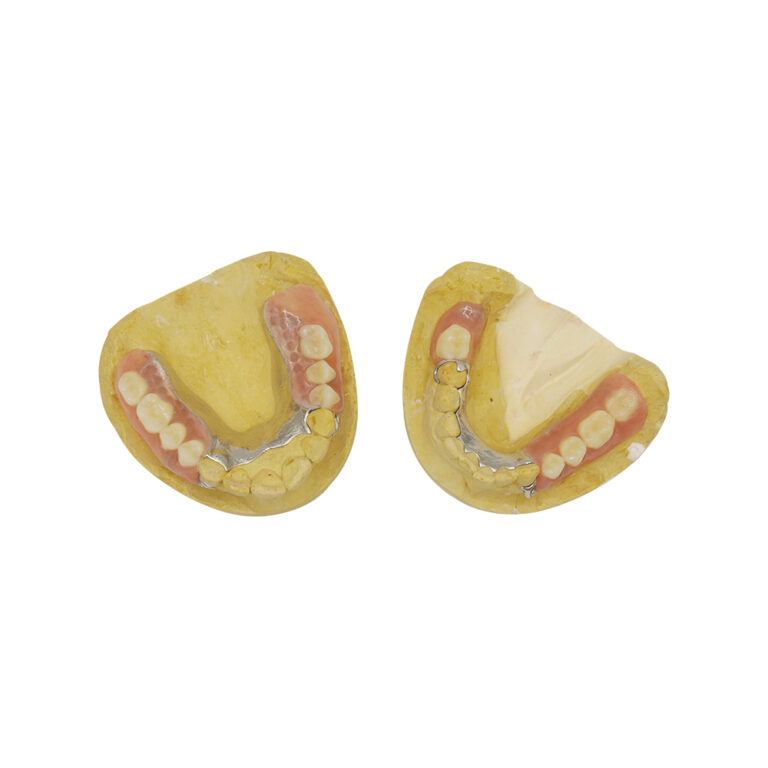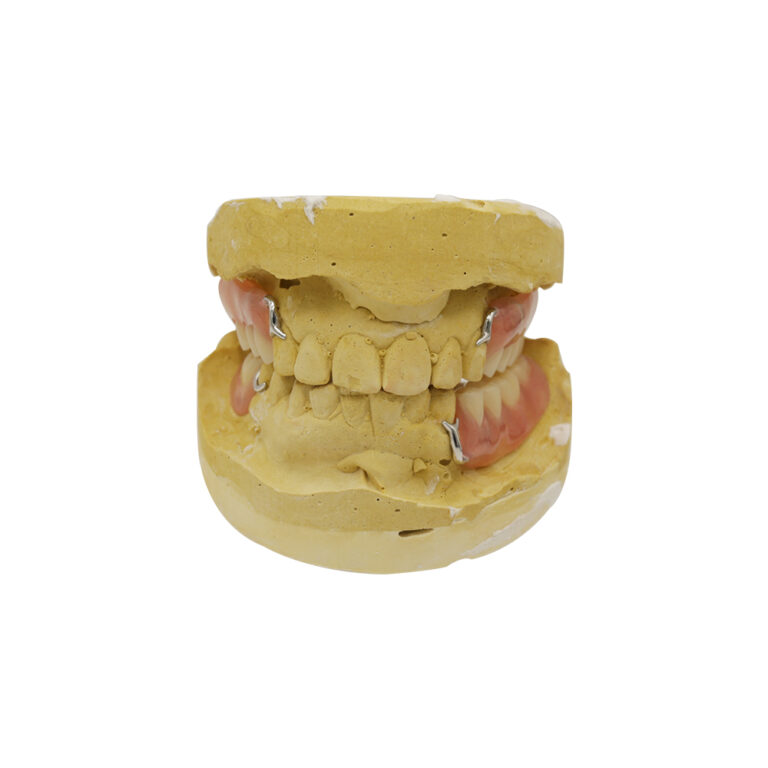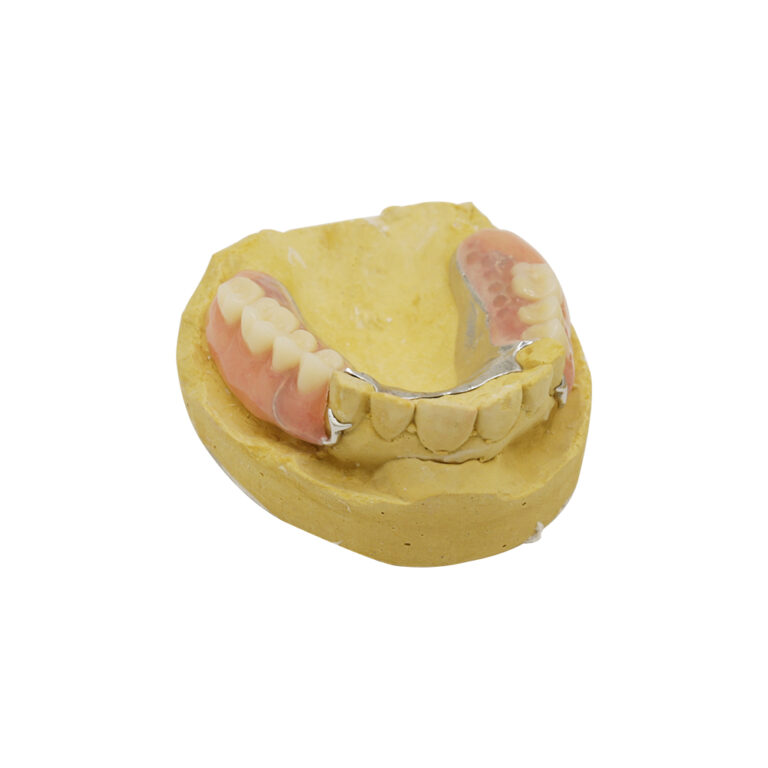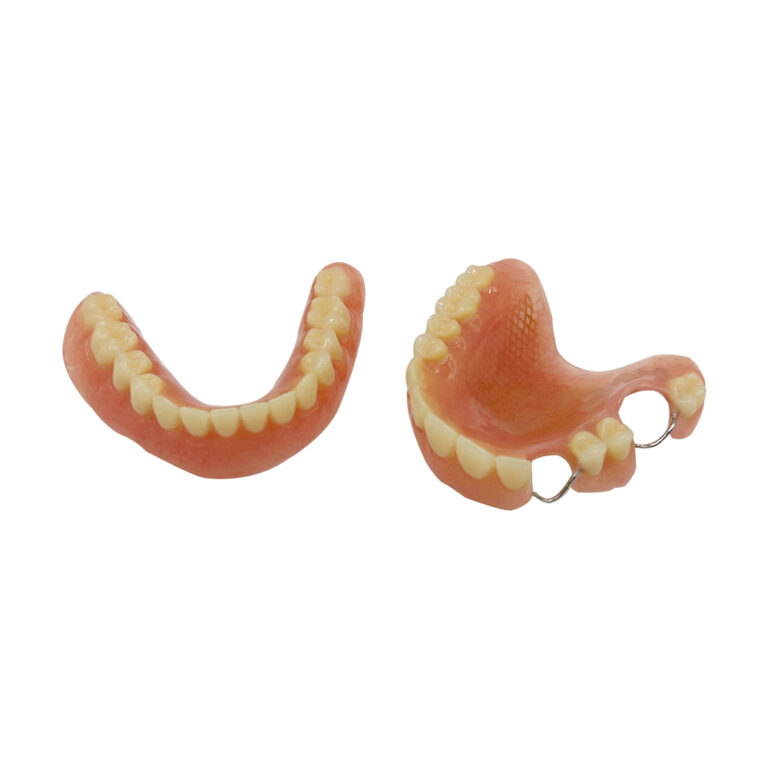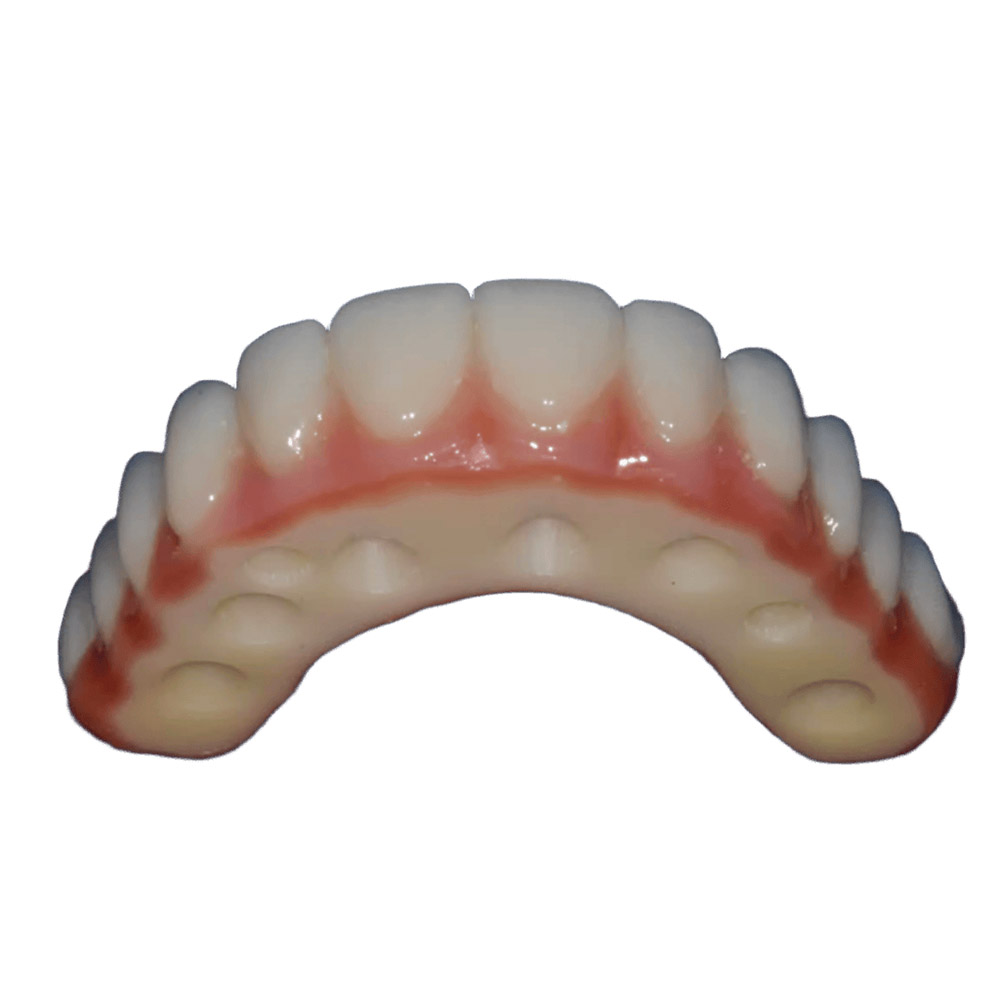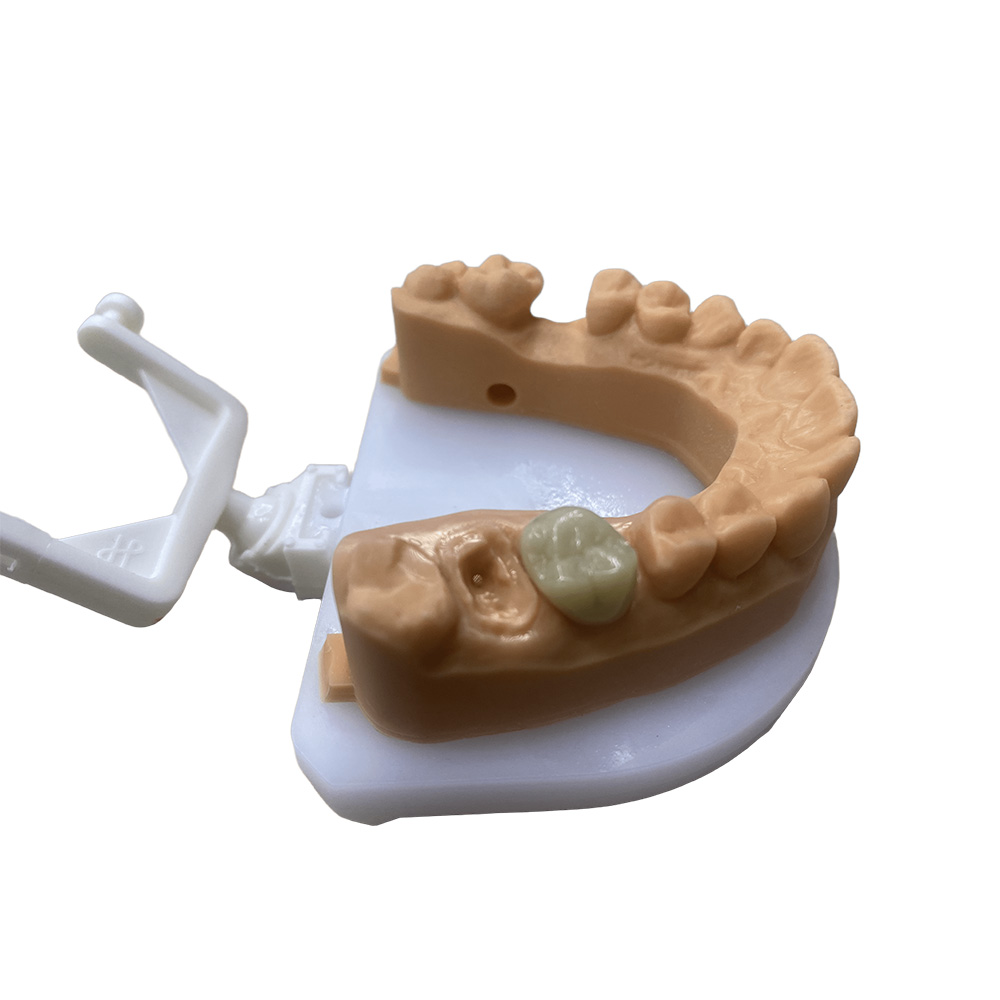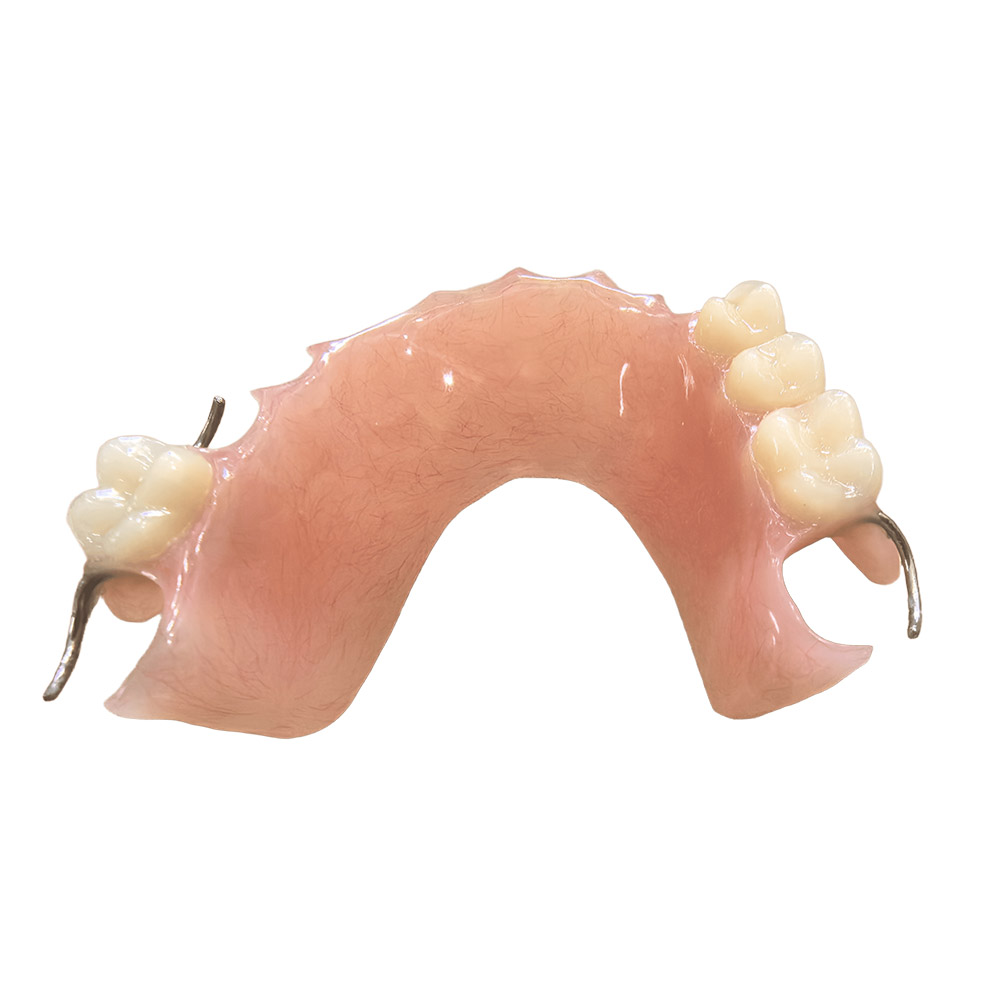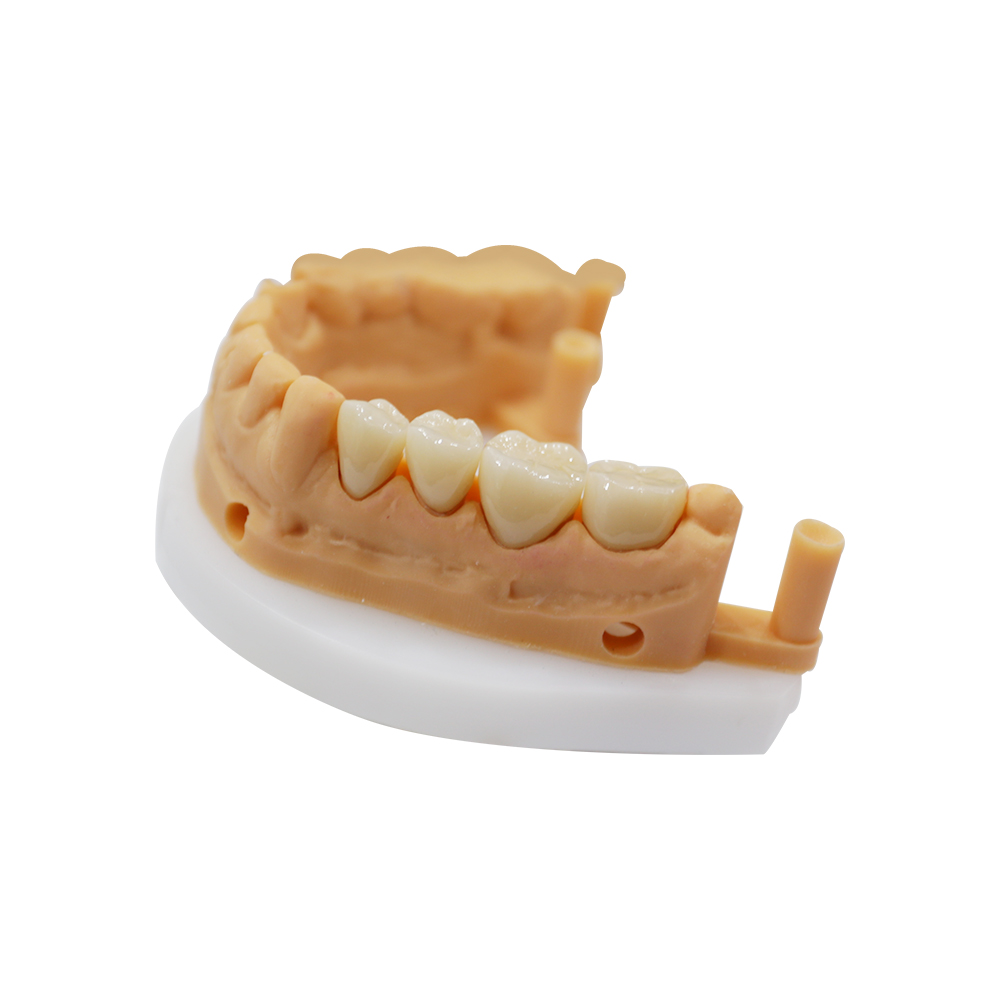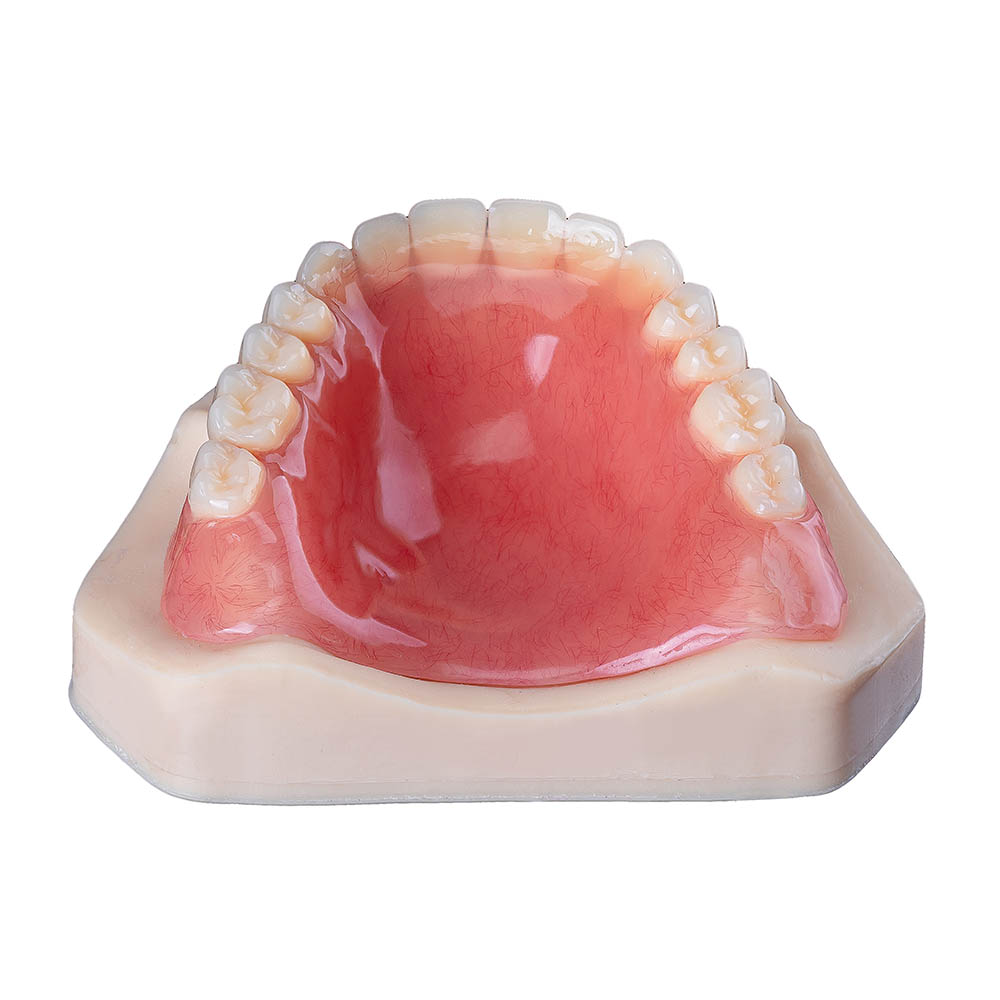
Partial Metal Dentures with Clasps
Partner with Us for Better Partial Metal Dentures with Clasps
At Istar Dental Lab, one of the top five dental labs in China, we are focused on improving prosthodontic solutions for dentists, clinics, hospitals, and our valued lab partners around the world. Our focus on new ideas, accuracy, and patient-focused design is shown in our wide range of Partial Metal Dentures with Clasps. These dentures are a key part of fixing smiles, giving dependable, useful, and good-looking options for people with some missing teeth.
The Best Choice: Why Pick Our Cast Partial Dentures?
Removable Partial Dentures (RPDs) are essential tools made to replace missing teeth and nearby parts of the mouth, bringing back normal mouth function, looks, and comfort. Among the different kinds, metal-based RPDs, usually made from strong metal mixes, are known for being strong, long-lasting, and fitting perfectly. How well these dentures work depends heavily on the design and performance of their clasp systems. Clasps are the key parts of an RPD that provide grip, support, and stability. They are carefully designed to connect with the natural abutment teeth, making sure the denture stays firmly in place during chewing and talking, while reducing harmful pressure on the other teeth.
The Parts of Our Precision Partials
We build every part with great care. This way, we make sure every case has a perfect fit and works correctly.
| Component | Description |
|---|---|
| Denture Framework | The part that connects the clasp assembly (retentive arm, reciprocal arm, rest) to the main major connector of the RPD framework. |
| Clasp Assembly | Retentive Arm: The flexible part of the clasp that grips the undercut on the abutment tooth to hold it in place. Reciprocal Arm: A stiff arm on the opposite side of the tooth from the retentive arm that provides bracing and balance. |
| Rest and Rest Seat | A stiff piece that sits on a prepared tooth surface (rest seat), sending chewing forces down the abutment tooth to provide support. |
| Denture Base | The pink, gum-colored Saddle area is made from high-quality Acrylic Resin. It holds the replacement teeth and rests on the patient’s gums. |
| Teeth | We use top-quality Denture teeth material, like Acrylic Resin and Porcelain, to match the patient’s natural Enamel. |
The exact spot, flexibility, and material of each part are carefully decided based on the specific biomechanical needs of each patient’s mouth and the RPD design.
Modern Clasp Technology and Design
How well a partial metal denture works and how long it lasts are greatly affected by the careful design and biomechanical knowledge used for its clasps. At Istar Dental Lab, we follow strict design rules and use modern tools to get the best results.
Basic Design Rules
Besides the main functions, a few rules guide how we design clasps: Passivity: When the RPD is fully in place, the clasp should not put any active pressure on the abutment tooth. It should only apply force when the denture is being pulled out. Flexibility: The retentive arm must be flexible enough to clip on and off the undercut without causing too much stress on the abutment tooth. Flexibility depends on the clasp’s length, shape, and the material’s modulus of elasticity. Undercut Engagement: The clasp tip must grip a specific undercut, usually 0.01–0.02 inches (0.25–0.50 mm), to get the right balance of grip and tooth safety. Gripping too much can cause harm, while not gripping enough means a loose fit.
Types of Clasps
Clasp designs are grouped by how they grip the undercut and their overall shape:
Circumferential Clasps (Suprabulge): These clasps grip the undercut from the top (chewing surface) side. Examples are the Akers clasp (the most common), ring clasp, and embrasure clasp.
Bar-Type Clasps (Infrabulge): These clasps grip the undercut from the bottom (gum) side. Examples are the I-bar, T-bar, and Y-bar clasps.
Combination Clasps: These designs mix features of both, often using a flexible wrought wire retentive arm and a stiff cast reciprocal arm.
Materials and How We Make Them: Our Promise of Quality
How well RPD clasps work is directly connected to the materials they are made from and how precisely they are made. Istar Dental Lab uses the latest materials and manufacturing methods to make clasps that are strong, flexible, safe for the body, and accurate.
Framework Alloys
For framework alloys, we offer two main choices.
Cobalt-Chromium (Co-Cr) Alloys are the standard for strength and stiffness. Our SLM-made Co-Cr offers superior strength with higher tensile strength (900–1200 MPa) and hardness than casting. It also has enhanced durability due to great fatigue resistance for a longer life in the mouth, and proven biocompatibility with low ion release and high resistance to corrosion.
Titanium (Ti) Alloys are a top choice for patients who want great biocompatibility, flexibility, and a light feel. They provide exceptional flexibility because a lower modulus of elasticity (~110 GPa) means less stress on abutment teeth. They are also highly biocompatible and hypoallergenic, perfect for patients with metal allergies, and lead to improved oral hygiene with less plaque buildup compared to Co-Cr.
Manufacturing Process
Our manufacturing process uses modern technology.
Selective Laser Melting (SLM) is our main 3D printing process for metal frameworks. It provides unmatched precision, getting sizes accurate to ±20–40 μm for a perfect fit. It also allows for complex shapes, enabling custom, patient-specific designs that are impossible with old casting methods. The digital workflow smoothly connects CAD design to the final product for speed and accuracy.
CAD/CAM Milling is a process that carves the shape from a solid block and is used for some cases, especially with titanium. It offers high accuracy, making exact copies from a digital design every time, and ensures material purity because it is carved from a solid block, so the material is pure and has no weak spots.
Finishing
For finishing, every framework gets careful Framework adjustment, finishing, and Polishing with a Micromotor for a comfortable and smooth fit.
New 3D Printing for Polymers and Composites
Besides metals, Istar Dental Lab is leading the way in using new 3D printing methods for polymer and composite clasps, offering good-looking and functional choices.
High-Performance Polymers: We use Fused Filament Fabrication (FFF) and Selective Laser Sintering (SLS) to make clasps from strong polymers like PEEK and PEKK. These materials have good flexural strengths (150–200 MPa) and are flexible enough for clasps.
Precision Photopolymers: We use Stereolithography (SLA) and Digital Light Processing (DLP) to make RPD clasps from safe photopolymers. These methods are very precise (±50 μm) and can make tooth-colored or clear clasps, making them look much better.
Fiber-Reinforced Composites: We are trying out new 3D printing methods for clasps made of polymers reinforced with fibers (like carbon or glass fiber in a PEEK base). These materials offer better strength and last longer.
Multi-Material and Gradient Printing: New multi-material 3D printing allows us to make clasps with different levels of stiffness—for example, a stiff center with a flexible outside. This can help reduce wear on abutment teeth.
Biocompatibility and Wear Resistance: Our medical-grade 3D printing polymers meet ISO biocompatibility safety standards. Importantly, polymer and composite clasps are much softer than metal, which means much less wear on abutment teeth (up to 70% less enamel wear with PEEK clasps versus metal).
Looks and Customization: 3D printing lets us make very nice-looking, tooth-colored or clear clasps with exact color matching and custom shapes.
Fast Production: Desktop 3D printers can make polymer RPD clasps quickly, allowing for fast service for our partners.
Solving Common Patient Problems
How Well They Work and How Long They Last
Our partial metal dentures with precision clasps are made to work well for a long time. Studies show 5-year success rates for RPDs are between 60% and 90%, with clasp problems causing some failures. Our focus on modern materials and making methods aims to make these numbers even better. For example, 5-year studies of RPDs with titanium clasps show high success rates (>95%) with very few clasp fractures or loss of grip.
Patient Results and Happiness
Patient happiness is very important. Our clasps help a lot with:
Comfort: The flexibility of our clasps, especially those made from titanium or modern polymers, reduces pressure on abutment teeth, making patients more comfortable.
Looks: While metal clasps can be seen, our careful design and material choices help make them less noticeable. The arrival of tooth-colored polymer clasps offers much better looks.
Speech: Well-made clasps fit in perfectly with the whole RPD, helping with natural speech.
From Your Clinic to Our Lab: A Simple Process
We make the process simple and reliable. Now, let’s look at the steps.
- Treatment Planning: You figure out the Kennedy classification (Class I, II, III, IV) and do any needed Mouth preparation.
- Impressions: You send us a precise Dental impression, and we create the Master cast.
- Digital Design & Surveying: Our lab tech uses a Dental Surveyor to check the cast. We find Undercuts, plan Guiding planes, and decide the best Path of insertion. This step is key to the success of all partial dentures with metal clasps.
- Fabrication: We make the framework, set the teeth using an Articulator to get the bite right (Occlusion), and finish the acrylic partial denture with clasps.
- Delivery: We send the finished case, ready for the try-in and final bite adjustment in your clinic. We also give Patient instructions for proper Denture hygiene.
We are your all-in-one partner, able to give you the right solution, whether it’s an RPD, a Fixed bridge, or a case involving Dental implants. Our team, including our on-staff Dental Hygienist consultant, understands all of modern dentistry, from Biomechanics to how things look.
Partner with us for dependable, beautiful, and useful removable dentures. Contact our team today to get your starter kit and see the difference precision makes.


